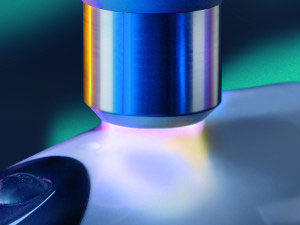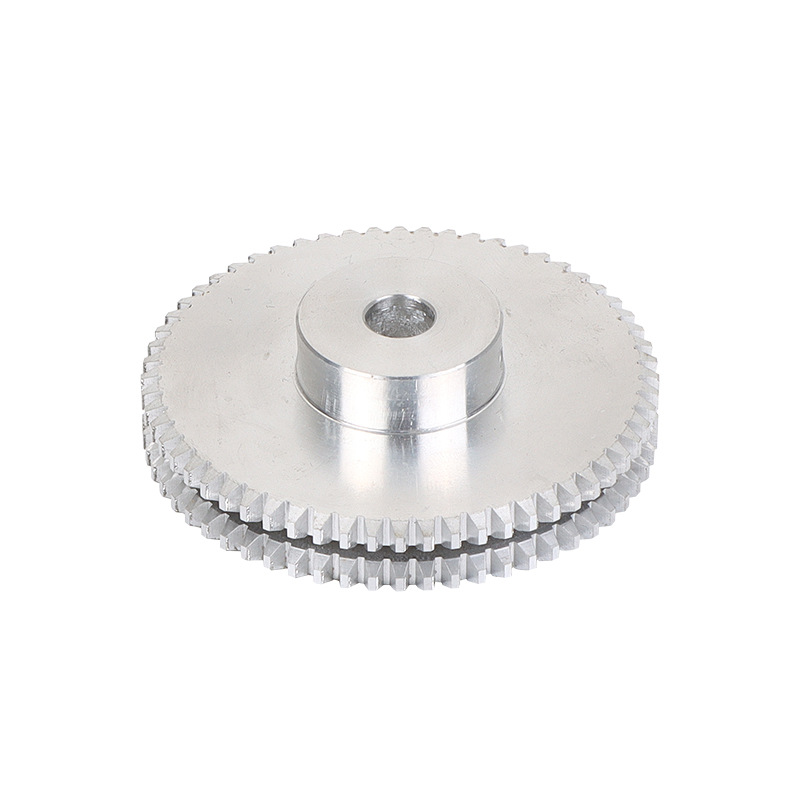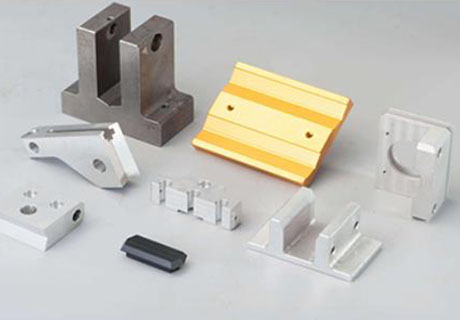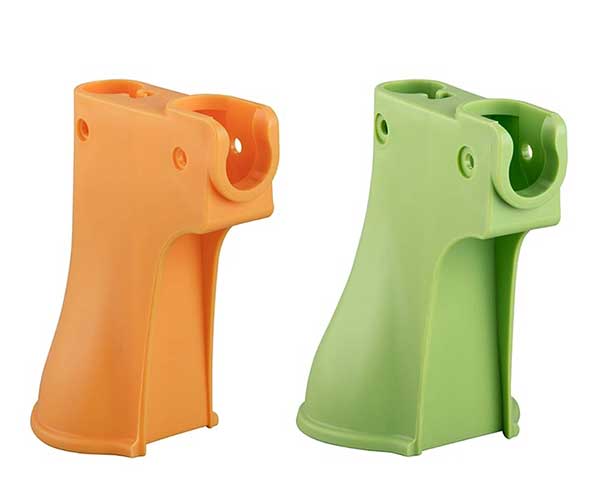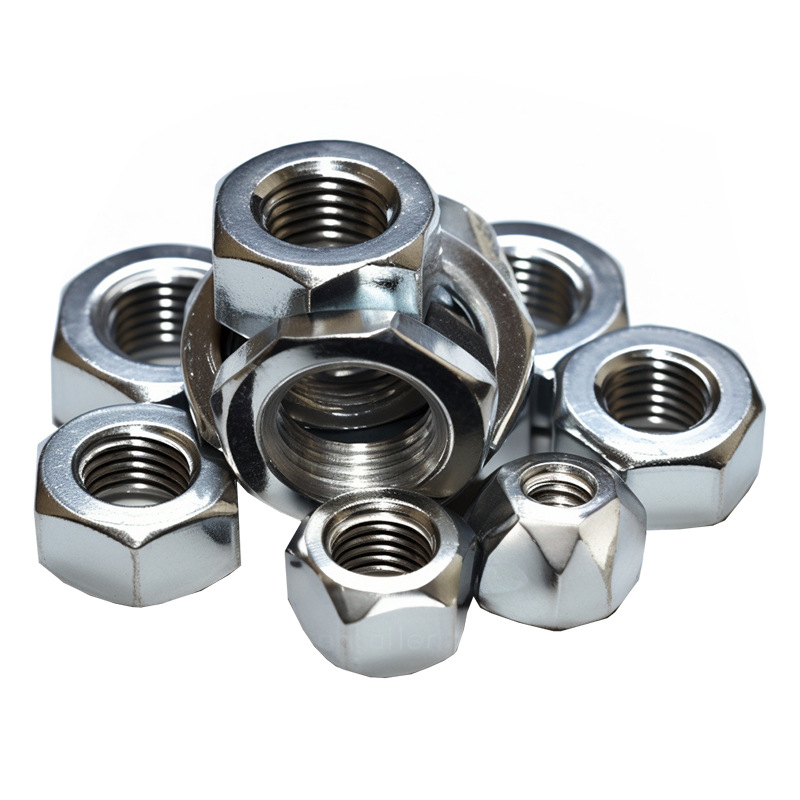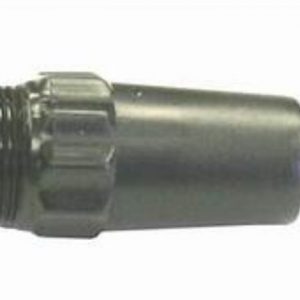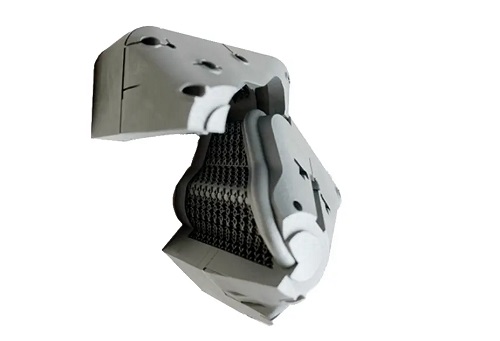Manufacturers and designers face a host of challenges with traditional coatings: long drying times that slow production, high VOC emissions that harm the environment, and finishes that scratch or fade too quickly. A printed magazine might smudge before it’s packed, a furniture panel could take hours to dry, or a smartphone case might lose its gloss after a week of use. What’s needed is a coating that cures instantly, resists wear, and minimizes environmental impact. This is where surface treatment UV coating delivers. By using ultraviolet light to cure a liquid coating in seconds, it solves these pain points—offering speed, durability, and sustainability. In this guide, we’ll explore how UV coating works, its key processes, properties, and how to leverage it for high-performance results.
Introduction to UV Coating
UV coating is a cutting-edge surface treatment that uses ultraviolet light to cure coatings, combining speed with superior performance:
- Definition: UV coating is a process where a liquid polymer formulation is applied to a substrate and instantly cured using ultraviolet (UV) light. The UV energy triggers a chemical reaction (photopolymerization) that turns the liquid into a hard, durable film without solvents.
- Historical background: Developed in the 1960s for industrial applications, UV coating gained popularity in the 1980s as UV lamp technology improved. Initially used in printing for glossy book covers, it expanded to automotive, electronics, and furniture industries by the 2000s as formulations became more versatile.
- Basic principles: UV coatings contain photoinitiators that absorb UV light (200-400 nm wavelength), breaking down to form free radicals. These radicals react with monomers and oligomers in the coating, cross-linking them into a solid polymer network in seconds.
- Industrial significance: UV coating is used in 70% of high-end printing, 50% of electronics casings, and 40% of furniture manufacturing. It reduces production time by 80% compared to solvent-based coatings, boosting factory throughput. The global UV coating market exceeds $5 billion, driven by demand for fast-curing, eco-friendly solutions.
- Environmental considerations: UV coatings are solvent-free (or low-solvent), emitting <50 g/L VOCs—far below the 350+ g/L of conventional solvent-based coatings. They require less energy than oven-cured coatings, as curing uses UV lamps instead of high-temperature ovens, complying with regulations like the EPA’s VOC standards.
- Comparison with traditional coatings: UV coating outperforms alternatives in key areas:
| Feature | UV Coating | Solvent-Based Coating | Water-Based Coating |
| Curing Time | 1-5 seconds | 1-24 hours | 2-8 hours |
| VOC Emissions | <50 g/L | 350-600 g/L | 50-150 g/L |
| Wear Resistance | Excellent (3H-4H pencil) | Good (2H pencil) | Fair (HB-2H pencil) |
| Energy Use | Low (UV lamps) | High (ovens for drying) | Moderate (air drying) |
Process of UV Coating
The process of UV coating is streamlined and efficient, with instant curing that accelerates production:
- Pre-treatment: Substrates (paper, plastic, metal, wood) are cleaned to remove dust, oils, or contaminants. For non-porous surfaces like plastic, corona treatment may be used to increase surface energy, improving adhesion.
- Application methods:
- Roll coating: Uses rubber or metal rolls to apply a uniform layer (5-30 μm) to flat surfaces like paper or wood panels. Ideal for high-volume production.
- Spray coating: Applies coating to 3D parts (e.g., electronics casings) using electrostatic or air spray guns, ensuring coverage on curved surfaces.
- Curtain coating: Lets coating flow as a continuous curtain over substrates, used for large panels (furniture, automotive parts) requiring thick, even layers.
- UV curing mechanism: After application, the coated substrate passes under UV lamps (mercury vapor, LED, or excimer). The lamps emit UV light that activates photoinitiators in the coating, triggering photopolymerization. Full curing occurs in 1-5 seconds, depending on coating thickness and lamp intensity.
- Curing equipment: UV curing units include conveyor systems to move parts under lamps, with lamp intensity adjustable (80-300 mW/cm²) for different coating types. LED UV systems are energy-efficient (50% less power than mercury lamps) and have longer lifespans (10,000+ hours).
- Post-treatment: Cured parts are inspected for defects. Some applications require a second coating (e.g., a matte topcoat over a glossy base) or polishing to enhance smoothness.
- Safety protocols: Operators wear UV-blocking goggles and gloves to prevent eye/skin damage from UV exposure. Ventilation systems remove any residual fumes, and lamp enclosures contain UV light to protect workers.
Properties of UV Coated Surfaces
The properties of UV coated surfaces make them ideal for high-performance applications:
- Rapid curing: UV coatings dry in 1-5 seconds, eliminating drying time and allowing immediate handling. This reduces production bottlenecks—for example, a printing press can coat and stack magazines in minutes instead of hours.
- High gloss: UV coatings achieve gloss levels of 70-95 GU (gloss units), far higher than solvent-based coatings (50-70 GU). This makes them popular for premium packaging and furniture, where a reflective finish is desired.
- Scratch resistance: With pencil hardness of 3H-4H, UV coatings resist scratches better than conventional coatings (2H). They withstand 1000+ cycles in abrasion testing (ASTM D4060), making them suitable for high-use items like smartphone cases.
- Chemical resistance: UV coatings resist oils, alcohols, and household cleaners. They’re used on furniture and appliances, where exposure to spills is common, and maintain their finish even after repeated cleaning.
- Adhesion: Properly applied UV coatings bond strongly to substrates, with adhesion strengths >5 MPa (ASTM D3359). They adhere well to plastics, metals, and wood—critical for electronics and automotive parts.
- Thickness control: UV coatings are applied in uniform layers (5-50 μm) with ±2% tolerance, ensuring consistent performance. This is important for parts with tight dimensional requirements, like electronics components.
- Environmental resistance: UV coatings resist yellowing from UV exposure (when formulated with UV stabilizers) and withstand temperature extremes (-40 to 80°C). They’re used in outdoor applications like signage and automotive trim.
Applications of UV Coating
UV coating is versatile enough to serve diverse industries, from printing to electronics:
- Printing industry: Book covers, magazines, and packaging use UV coating for high gloss and scuff resistance. It prevents smudging of ink, ensuring printed materials look professional during shipping and handling.
- Furniture: Wood panels, cabinet doors, and tabletops use UV coating for a durable, glossy finish. It resists stains from food and drinks, making it ideal for kitchen and dining furniture.
- Electronics: Smartphone cases, laptop lids, and TV bezels use UV coating for scratch resistance and high gloss. The thin, even layer (10-20 μm) maintains precise part dimensions.
- Automotive: Interior parts (dashboard trim, door handles) use UV coating for wear resistance. It cures instantly, allowing automakers to coat and assemble parts in the same production line.
- Packaging: Cosmetic boxes, wine labels, and luxury product packaging use UV coating for a premium look. Metallic UV coatings add a foil-like finish without the cost of metalization.
- Medical devices: Instrument handles and device casings use UV coating for chemical resistance and easy cleaning. The solvent-free formulation meets biocompatibility standards (ISO 10993).
Equipment and Materials for UV Coating
Specialized equipment and materials are essential for effective UV coating:
- UV curing units: Systems with UV lamps (mercury vapor, LED, or hybrid) and conveyors. LED units are preferred for their energy efficiency and long life, while mercury lamps offer broader wavelength coverage for thick coatings.
- Coating applicators: Roll coaters (for flat surfaces), spray guns (for 3D parts), and curtain coaters (for large panels). Automated applicators ensure uniform thickness, critical for consistent curing.
- UV inks and coatings: Formulations include oligomers (resins), monomers (thinners), photoinitiators, and additives (UV stabilizers, matting agents). Clear coatings are common, but pigmented versions (gloss, matte, metallic) are available.
- UV-resistant materials: Substrates must withstand UV exposure without damage. Most plastics (ABS, PC), metals, and woods are compatible, but some sensitive materials (certain foams) require low-intensity LED curing.
- Safety equipment: UV-blocking goggles (rated for UVA/UVB), gloves, and protective clothing prevent UV damage. UV meters monitor exposure levels to ensure they stay below safe limits (<50 mJ/cm² for skin).
- Quality control equipment: Gloss meters verify gloss levels (70-95 GU for high gloss), while non-contact thickness gauges check coating uniformity. Adhesion testers (cross-cut kits) ensure proper bonding.
Quality Control and Maintenance in UV Coating
Rigorous quality control and maintenance ensure consistent, high-quality results:
- Surface preparation checks: Verify cleanliness using the water break test and surface energy measurement (for plastics, >40 dynes/cm ensures good adhesion). Poor preparation causes 60% of UV coating failures.
- Coating inspection: Visual checks identify defects like uneven gloss, pinholes, or curing issues (sticky spots). Microscopic examination (100x) ensures a smooth finish with no bubbles.
- Adhesion testing: The cross-cut test (ASTM D3359) rates adhesion from 0 (excellent) to 5 (poor). Samples are also subjected to tape tests to ensure the coating doesn’t peel.
- Gloss measurement: Gloss meters check uniformity, with acceptable variation ±5 GU. This is critical for applications like furniture, where consistent appearance is key.
- Equipment maintenance: UV lamps are replaced every 1,000-5,000 hours (mercury) or 10,000-20,000 hours (LED) to maintain intensity. Coating applicators are cleaned daily to prevent clogs and ensure uniform application.
- Defect correction: Uneven curing is fixed by adjusting lamp intensity or conveyor speed; pinholes are eliminated by filtering the coating to remove contaminants.
- Quality standards: Compliance with ISO 9001 (quality management) and ASTM D6459 (UV-cured coatings) ensures performance. Food packaging applications meet FDA 21 CFR 175.300 standards.
Yigu Technology’s Perspective
As a leading custom manufacturing supplier in China, Yigu Technology offers advanced UV coating services for electronics, furniture, and printing clients. Our LED UV curing systems ensure energy efficiency and precise curing, with coating thickness control (5-30 μm, ±2%). We use solvent-free formulations with UV stabilizers, achieving 3H-4H pencil hardness and 70-95 GU gloss. Our quality control includes 100% adhesion testing and gloss checks, ensuring coatings meet 1000+ abrasion cycles. UV coating’s speed and durability make it ideal for high-volume production, and we tailor solutions—from matte to metallic finishes—to meet each client’s needs.
FAQs
- Can UV coating be applied to heat-sensitive materials?
Yes—LED UV systems operate at lower temperatures (30-50°C) than mercury lamps, making them suitable for heat-sensitive materials like foam, thin plastics, and paper. This prevents warping or melting during curing.
- How long does a UV coating last outdoors?
UV coatings with UV stabilizers last 3-5 years outdoors, resisting yellowing and fading. Without stabilizers, they may yellow in 6-12 months. Automotive-grade UV coatings with stabilizers can last 5+ years.
- Is UV coating more expensive than traditional coatings?
UV coating has higher upfront costs (equipment, formulations) but lower long-term costs: faster production reduces labor, and lower VOCs cut waste disposal fees. For high-volume production, it’s 10-15% cheaper over time than solvent-based coatings.
